The Streak Continues: 343
Yesterday I finished up the two Bosque Photo Seminar programs that Denise Ippolito and I are presenting on Thursday afternoon, November 20, at the Festival of the Cranes. If you are in the vicinity, it would be foolish of you not to attend :). Scroll down here for details or to register.
I enjoyed an easy 3/4 mile swim and a nice nap. This blog post, the 343rd in a row, took about two hours to prepare. It was published from my home at Indian Lake Estates just before 6:00am.
Please Help Support My Work on the BAA Blog
Thanks a Stack! October was a Great Month.
October was a very rewarding month. Thanks a stack to all who used our B&H links for purchases large and small.
To show your appreciation for my efforts here, we ask, as always, that you use our the B&H and Amazon affiliate links on the right side of the blog for all of your purchases. B&H Is recommended for you major photography gear purchases, Amazon for your household, entertainment, and general purpose stuff. Please check the availability of all photographic accessories in the BIRDS AS ART Online Store, especially Gitzo tripods, Wimberley tripod heads, and the like. We sell only what I have used, have tested, and can depend on. We will not sell you junk. We know what you need to make creating great images easy and fun. And we are always glad to answer your gear questions via e-mail.
I would of course appreciate your using our B&H affiliate links for all of your major gear, video, and electronic purchases. For the photographic stuff mentioned in the paragraph above we, meaning BAA, would of course greatly appreciate your business. Here is a huge thank you to the many who have been using our links on a regular basis and visiting the BAA Online store as well.


If what you’ve learned here on my blog about the Canon EOS-7D Mark II has inspired you to purchase this great new camera body, please consider using the logo link above to support our efforts here in bringing you the latest, greatest educational materials on daily basis.
|
This image was created at 8:14am on the crystal clear morning of October 30, 2014. I used the Canon EF 600mm f/4L IS II USM lens and a beta version of the Canon EOS 7D Mark II . ISO 400. Evaluative metering -1 stop as framed: 1/5000 sec. at f/4 in Manual mode. Central Sensor/AI Servo Surround/Rear Focus AF on the bird’s face and re-compose. Click here to see the latest version of the Rear Focus Tutorial. Click on the image to see a larger version. From the Sequoia with the lens supported by the BLUBB (my custom-designed, hand made Big Lens Ultimate Bean Bag). When working on a beanbag with a long lens and re-composing be absolutely sure that the focusing ring does not rest on the beanbag lest you throw off accurate focus when re-composing. Image #1: Great Egret and cattails |
Image Design Thoughts for Image #1
The pattern of the reeds to the right of the subject was much neater and more pleasing than the patter of the reeds to the left of the bird so it was an easy decision to put the bird on the left looking out of the frame.
|
This image was created at 8:14am on the crystal clear morning of October 30, 2014. I used the Canon EF 600mm f/4L IS II USM lens and a beta version of the Canon EOS 7D Mark II . ISO 400. Evaluative metering -1 stop as framed: 1/5000 sec. at f/4 in Manual mode. I tried central Sensor/AI Servo Surround/Rear Focus AF on the reeds but it would not hold so I went to central sensor and that worked better. But not much. Released the button after focus was attained and re-composed. Click here to see the latest version of the Rear Focus Tutorial. Click on the image to see a larger version. From the Sequoia with the lens supported by the BLUBB (my custom-designed, hand made Big Lens Ultimate Bean Bag). When working on a beanbag with a long lens and re-composing be absolutely sure that the focusing ring does not rest on the beanbag lest you throw off accurate focus when re-composing. Image #2: Great Egret and cattails/oof bird A |
Image Design Thoughts for Image #2
Next I decided to try something out of the box. With some difficulty, I focused on the reeds and then recomposed. I believe that the AF system could not decide whether to focus on the reeds or the more distant background; as a result, it kept jumping around. When I did get sharp focus on the reeds, that left the bird attractively out of focus. What was my motivation? I am always making an effort to come up with something new and different.
|
This image was created at 8:14am on the crystal clear morning of October 30, 2014. I used the Canon EF 600mm f/4L IS II USM lens and a beta version of the Canon EOS 7D Mark II . ISO 400. Evaluative metering -1 stop as framed: 1/2500 sec. at f/5.6 in Manual mode. I tried central Sensor/AI Servo Surround/Rear Focus AF on the reeds but it would not hold so I went to central sensor and that worked better. But not much. Released the button after focus was attained and re-composed. Click here to see the latest version of the Rear Focus Tutorial. Click on the image to see a larger version. From the Sequoia with the lens supported by the BLUBB (my custom-designed, hand made Big Lens Ultimate Bean Bag). When working on a beanbag with a long lens and re-composing be absolutely sure that the focusing ring does not rest on the beanbag lest you throw off accurate focus when re-composing. Image #3: Great Egret and cattails/oof bird B |
Image Design Thoughts for Image #3
For the second bird oof image, I stopped down from f/4 to f/5.6. Why? To see if there would be a discernible difference. Though the two bird oof images are different, I am not sure if the differences are due entirely to the change of the bird’s posture or to the difference in the aperture.
Your Thoughts?
Which of the three images do you think is the strongest? Why? Which of the images is your favorite? Why? Of the two images with the oof subject, which is the stronger? Why? If you do not like any of the images, that is fine too. Let us know why.
I feel strongly that one of the 3 images is best by far. I will share my thoughts with you in a future blog post.
|
Learn the secrets of creating contest winning images in our “A Guide to Pleasing Blurs.” |
A Guide to Pleasing Blurs
While lying in bed in the middle of last night and thinking of finishing this blog post, I realized that the two oof bird images were actually de-focused blurs, one of the many categories that we discuss and detail in our great eGuide, A Guide to Pleasing Blurs by Denise Ippolito and yours truly.
Pleasing Blurs are not accidents. Learn pretty much everything that there is about creating them in this instructive (as always) guide.
|
Card and design by Denise Ippolito. Scroll down here to see lots more of Denise’s Palouse images. |
Palouse #1. The Palouse A Creative Adventure/BIRDS AS ART Instructional Photo-Tour (IPT)/Eastern Washington State. May 29-June 2, 2015/5 Full Days: $1699/Limit 12 photographers/Openings: 2.
Due to two cancellations on the same day, we now have two openings on this long sold out trip. See item next for additional details.
|
Card and design by Arthur Morris/BIRDS AS ART. |
The Palouse A Creative Adventure/BIRDS AS ART Instructional Photo-Tour (IPT)/Eastern Washington State. June 5-9, 2015/5 Full Days: $1699/Limit 12 photographers/Openings 2.
Rolling farmlands provide a magical patchwork of textures and colors, especially when viewed from the top of Steptoe Butte where we will likely enjoy spectacular sunrises and possibly a nice sunset or two. We will photograph grand landscapes and mini-scenics of the rolling hills and farm fields. We will take you to some really neat old abandoned barns and farmhouses in idyllic settings. There is no better way to improve your compositional and image design skills and to develop your creativity than to join us for this trip. Two great leaders: Denise Ippolito and Arthur Morris. Photoshop and image sharing sessions when we have the time and energy…. We get up early and stay out late and the days are long.
After 6 days of back-breaking scouting work in early June 2014 we found all of the iconic locations and, in addition, lots of spectacular new old barns and breath-taking landforms and views. We will teach you what makes one situation prime and another seemingly similar one a waste of your time.
What’s included: In-the-field instruction, guidance, lessons, and inspiration, our newfound but very extensive knowledge of the area, all lunches, motel lobby breakfasts, and Photoshop and image sharing sessions when possible.
You will learn and hone both basic and advanced compositional and image design skills. You will learn to get the right exposure every time. You will learn to develop your creative eye. You will learn the basics of HDR (high dynamic range) photography. You will learn a variety of in-camera creative techniques; Canon 5D Mark III bodies are a plus. And most importantly you will learn to see the situation and to create a variety of top-notch images. Do see both of our blogs for lots more on that in the coming weeks. You will learn how the quality and direction of light combine to determine the success of your images. And–please don’t gasp–we will be working quite a bit with sidelight when creating landscapes. Lastly, we will be touching on infrared photography.
A non-refundable $699 deposit is due now. The balance will be due on January 29, 2015. If you cancel and the trip fills, we will be glad to apply a credit applicable to a future IPT for the full amount less a $100 processing fee. If we do not receive your check for the balance on or before the due date we will try to fill your spot from the waiting list. Whether or not your spot is filled, you will lose your deposit. If not, you can secure your spot by paying your balance.
With the unpredictable nature of the photography business, I have not said this often lately, but it seems quite likely that this one will fill up very quickly. Please let me know via e-mail that you will be joining us. Then you can either call Jim or Jennifer at 863-692-0906 during business hours or send us a check; the latter is preferred.
Please send your deposit check made out to “Arthur Morris” to us at Arthur Morris/BIRDS AS ART, PO Box 7245, Indian Lake Estates, FL, 33855. If you have any questions, please feel free to contact me via e-mail. You can also contact denise via e-mail here
Be sure to like and follow BAA on Facebook by clicking on the logo link upper right. Tanks a stack!
Support the BAA Blog. Support the BAA Bulletins: Shop B&H here!
We want and need to keep providing you with the latest free information, photography and Photoshop lessons, and all manner of related information. Show your appreciation by making your purchases immediately after clicking on any of our B&H or Amazon Affiliate links in this blog post. Remember, B&H ain’t just photography!
Amazon.com
Those who prefer to support BAA by shopping with Amazon may use this link:
Amazon Canada
Many kind folks from north of the border, eh, have e-mailed stating that they would love to help us out by using one of our affiliate links but that living in Canada and doing so presents numerous problems. Now, they can help us out by using our Amazon Canada affiliate link by starting their searches by clicking here. Many thanks to those who have written.
Typos
In all blog posts and Bulletins, feel free to e-mail or to leave a comment regarding any typos or errors. Just be right :).

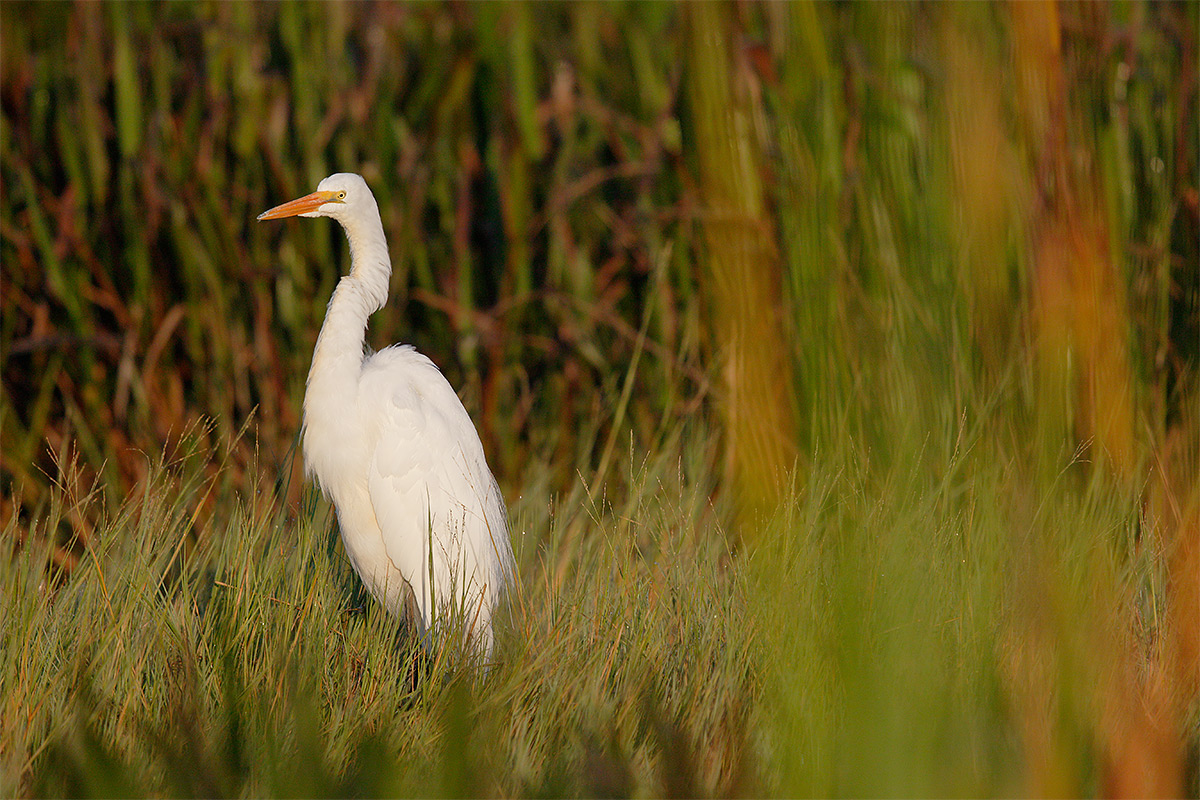
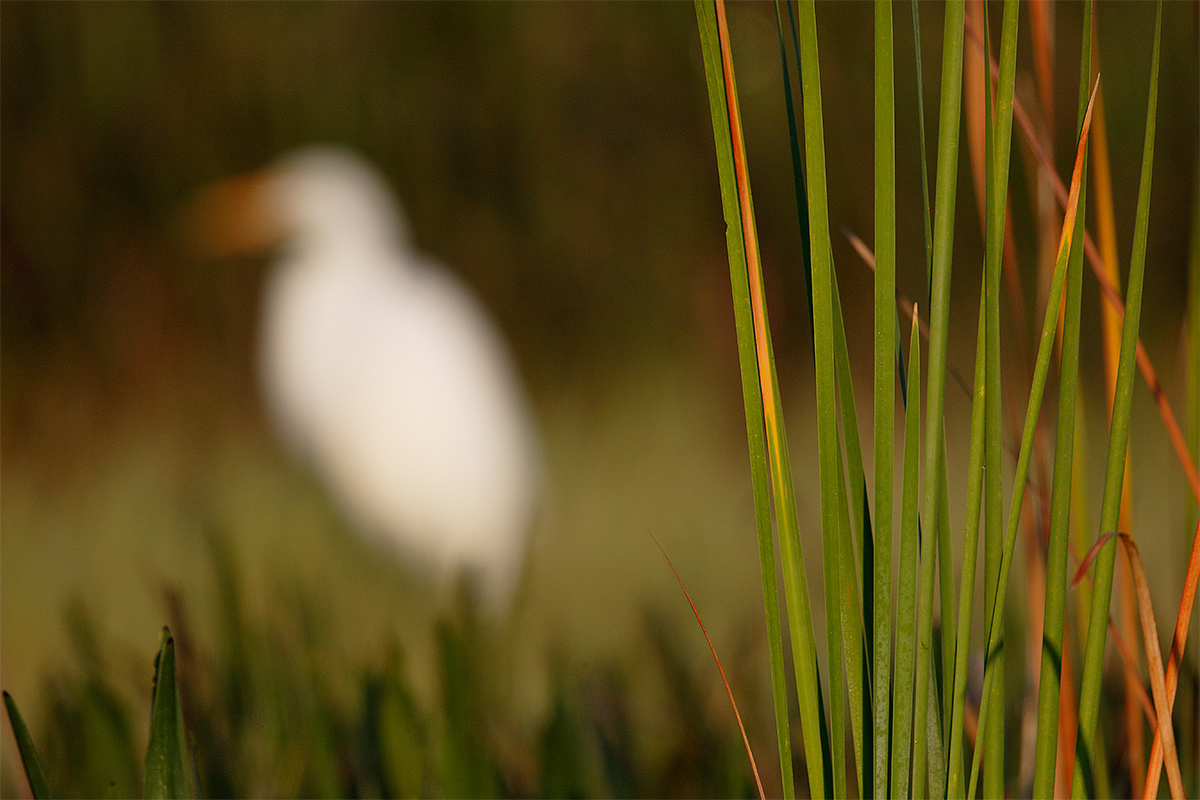
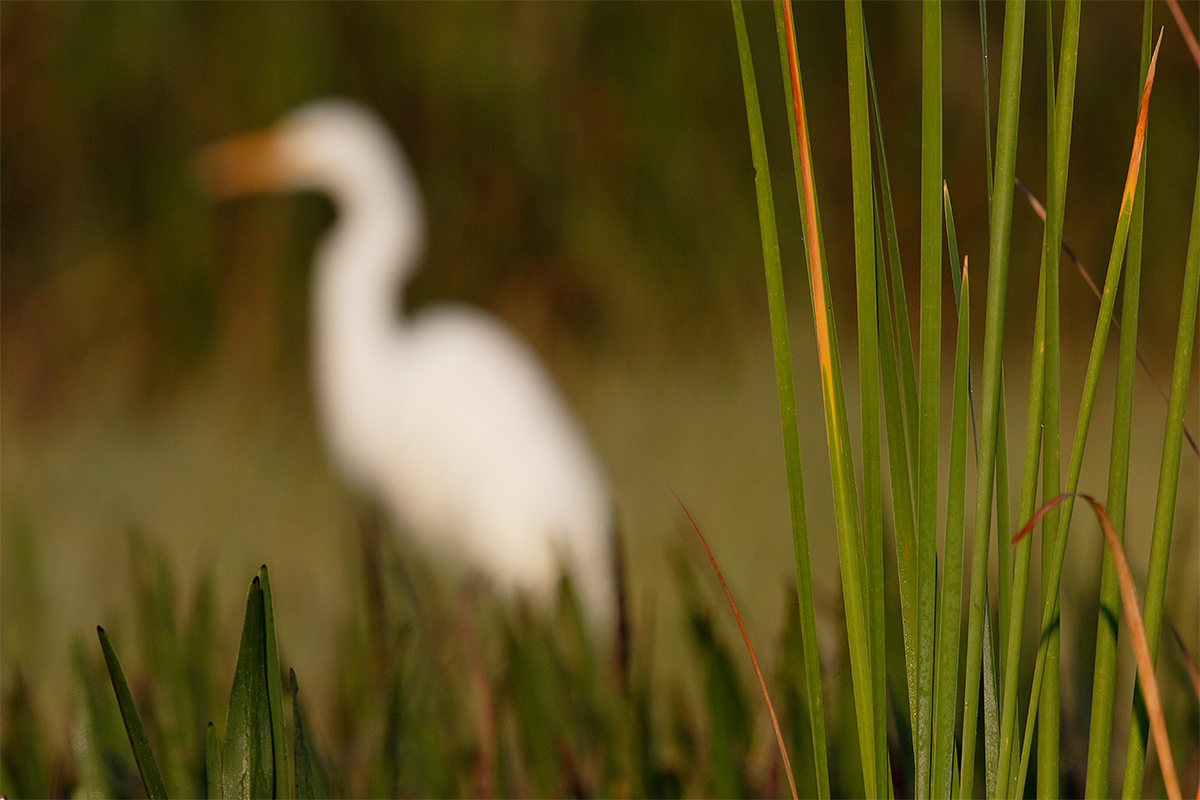
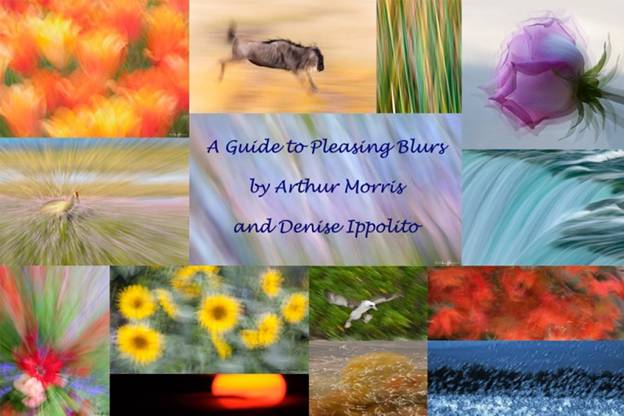
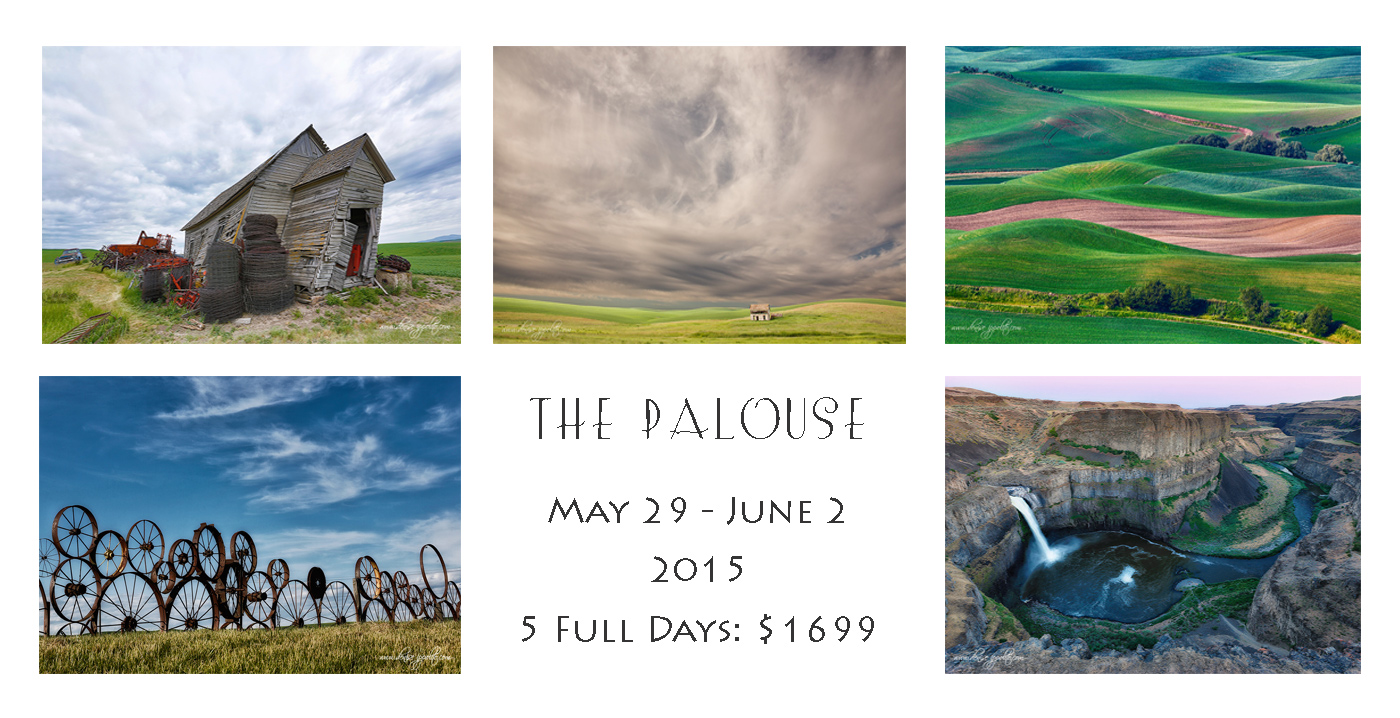
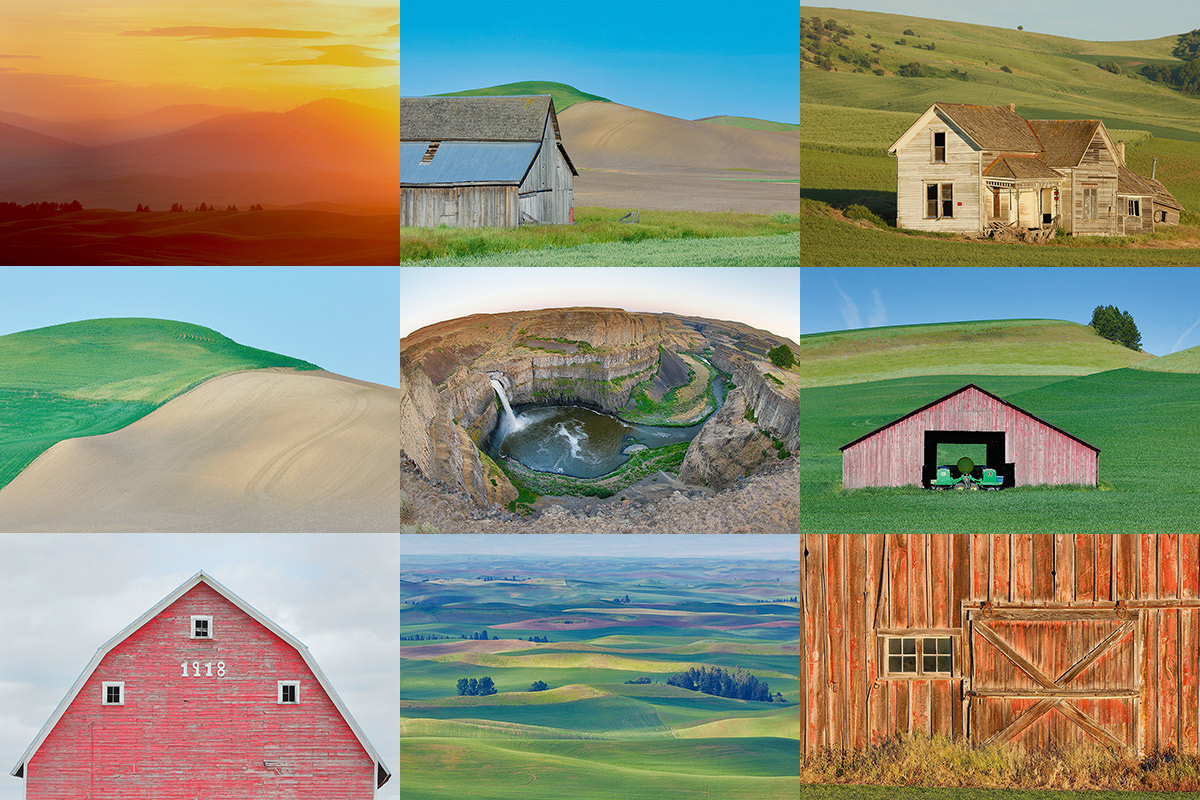













I have to agree with Doug on the image size. In the small image in the browser, I didn’t like #1 much. The reeds on right just looked distracting. But when I went back and opened it, the detail on the bird popped. Even the water droplets of dew in the grass. It quickly became my favorite.
I also don’t like the second image nearly as much as the third. The last image give shape that clearly lets you know what you are looking at (species). It is a very recognizable silhouette. I also agree the background looks better being a little bit sharper, though still out of focus.
Don’t know why but I’m still amazed how much the viewing size of an image impacts perception. Using the small images I didn’t like the first image as much but when viewed at full size it is my favorite. The OOF foreground gives depth and provides a sense of place. Since a large part of the field of view is blurred it helps focus on the bird. If the right wasn’t blurred I think the in focus grasses, in the same plane as the bird, would be a distraction.
Of the OOF bird images I prefer the second. I like the more defined blocks of color behind the bird vs. the muddy look in the first image. I like the more defined shape of the bird too. I don’t care for the brown in the cattails in the first image and I like the balance created by the small clump of in focus leaves on the left in the second image
I’d vote for the third image. The first one doesn’t work for me: too many distractions with the busy background, foreground and even the heavily out of focus reeds are adding to the distraction, and there is not enough space on the left side of the egret as it seems to be looking in that direction. The second image is better as much simpler but the bird is not particularly distinct however the third one is the best as the egret is better defined with the neck extended.
The summer edition has your article on backgrounds and some of your superb photographs. I have not seen the fall,edition.
Thanks. That one has been out for a while 🙂 artie
Not crazy about any of them, although I realize the purpose of your photos was more to teach rather than make a killer photo.
Why not just crop the whole right side and make the shot a vertical?
Hi Lowell, No, I was actually trying to make something new and good and different :). And I do like one of them a lot.
Even with the sharp image I tried to be new and different by including the oof reeds on the right and having the bird look out of the frame. The reeds are my favorite part. Cropping to a vertical would yield a same old same old image :).
It looks as if we are on different pages. Thanks for commenting. Later and love, artie
I am on the waiting list for the Canon 7D Mark 11. I clicked on the logo on your site.
I bought the Canon 300 mm 2.8 lens. There are three stabilizer modes. Which should I use to photograph birds, especially hummingbirds ?
Thank you
Larry Peavler
Many thanks for using our B&H link. Please e-mail me your B&H receipt and I will do my best to have your order expedited. Let me know when you placed your order.
I hope that you used my link for the 300 II.
I use IS Mode II all the time and recommend the same for almost everyone. If you are hand holding and working with a perched bird with a relatively slow shutter speed you might wish to use IS Mode 1. The trick is to remember to switch it back…. artie
I strongly prefer the first image, with the bird in focus and the pleasant blur of reeds at right. The bird’s posture makes image three my second choice. Most respectfully, I do not find image two appealing. The bird, in my very humble opinion, is merely a distracting bright spot in image two.
By the way, I look forward to studying your photographs and story in the summer issue of Nature Photographer, which I found yesterday at a local store. Readers lacking a local place to buy that issue might want to check the magazine’s website. I see that one option for purchase might provide more photos online.
Best wishes; and thanks for your excellent photographs, articles and books.
Thanks for sharing your thoughts. Glad that you found a copy of NPh magazine. I think that the images in the current issue are the contest winning images with my comments, i.e., not my images. best, artie